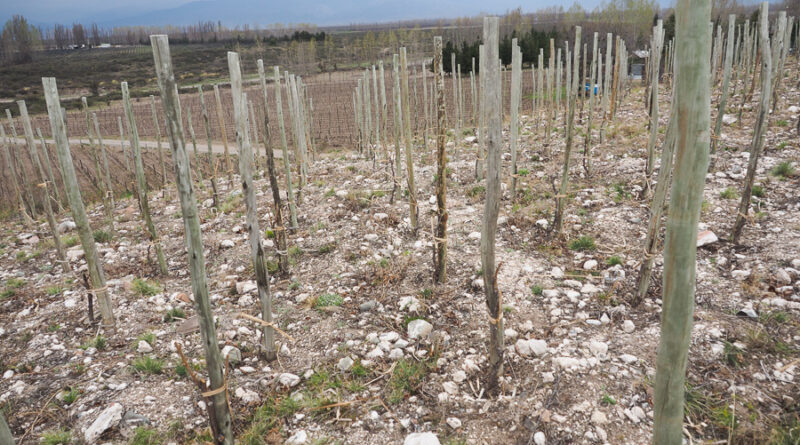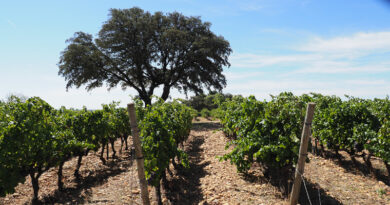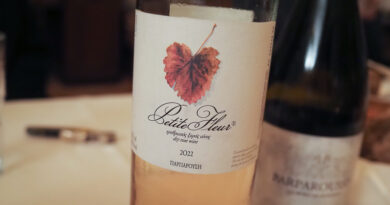PerSe: stunning wines from Gualtallary in Argentina
Website: https://persevines.com/en/
Edy Del Popolo and David Bonomi are the team behind PerSe, one of Argentina’s most interesting wine projects. I visited them in Mendoza to see their remarkable vineyard, and more recently I caught up with them via an Honest Grapes Zoom tasting to try some of the more recent wines.
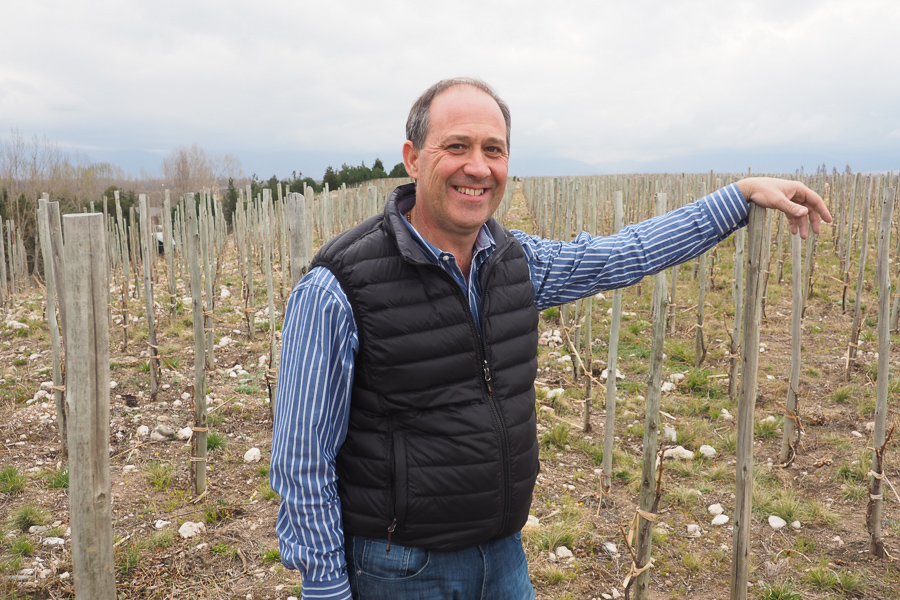
Edy and David are good friends, and have also been colleagues working for other wineries. They met in 1995 when they were at the same winery, and since then both have had various stints working for many important Argentine wineries. David is the head winemaker at Norton, and Edy was chief winemaker at Doña Paula for a while. ‘I hired David in 2005 to join me as a winemaker in Doña Paula,’ says Edy. ‘We have been working for different companies and that’s the way we really learned about Argentine viticulture and winemaking. Working for big companies like Doña Paula and Norton led us to not only understand the reality of our terroirs, but also to understand the reality of producing more commercial wines. When we were working for these wineries we realized the potential of our best sites, and we thought this was a good time to set up our own project.’
This was PerSe, which launched with the 2012 vintage. It is a small, vineyard-based project of 20 000 bottles. This is divided into two separate labels: PerSe and Inseperable. All the wines come from the same vineyard, based in one of the most promising wine regions in South America, which is Gualtallary in the Uco Valley.
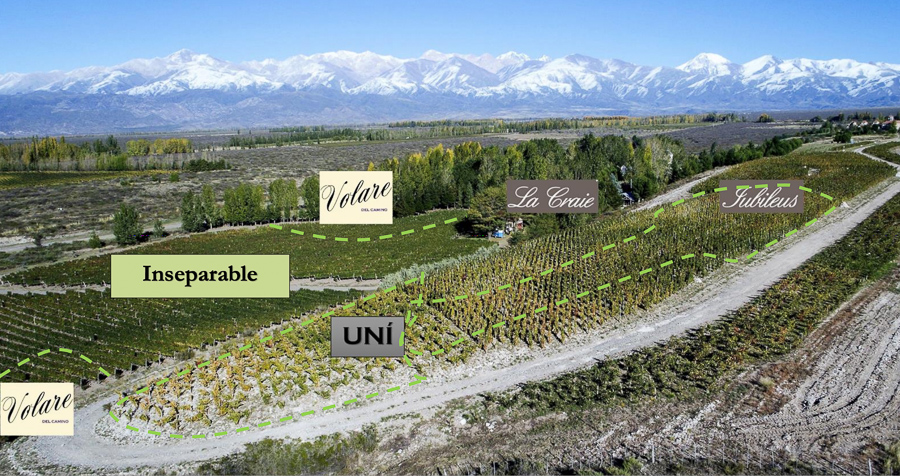
Mendoza, the most important wine region in Argentina, has 225 000 hectares of vines, and its Uco Valley subregion is now about 28 000 hectares. It is a valley right below the Andes, the same sort of size as Burgundy. Most of the grapes here are red, and Malbec is the main one. It is crossed by two rivers.
PerSe is based in a subappellation of the Uco Valley called Gualtallary. It’s a new-ish appellation that is a potential GI, and it has 2300 hectares of vineyards, ranging from 1200-1600 m altitude. Because of this altitude difference, there is huge climatic variation within Gualtallary. It goes from climate zones Winkler 1-3, which is very rare in one region. There are five subregions in Gualtallary based on climate and soils, but this is still a work in progress. These are Gualtallary Río, La Vencedora, Albo, Monasterio and Las Tunas.
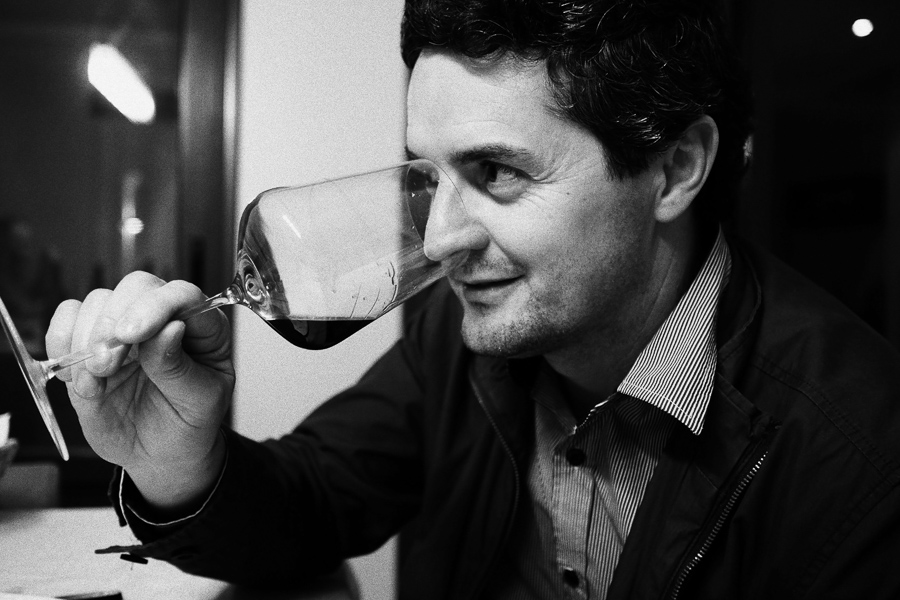
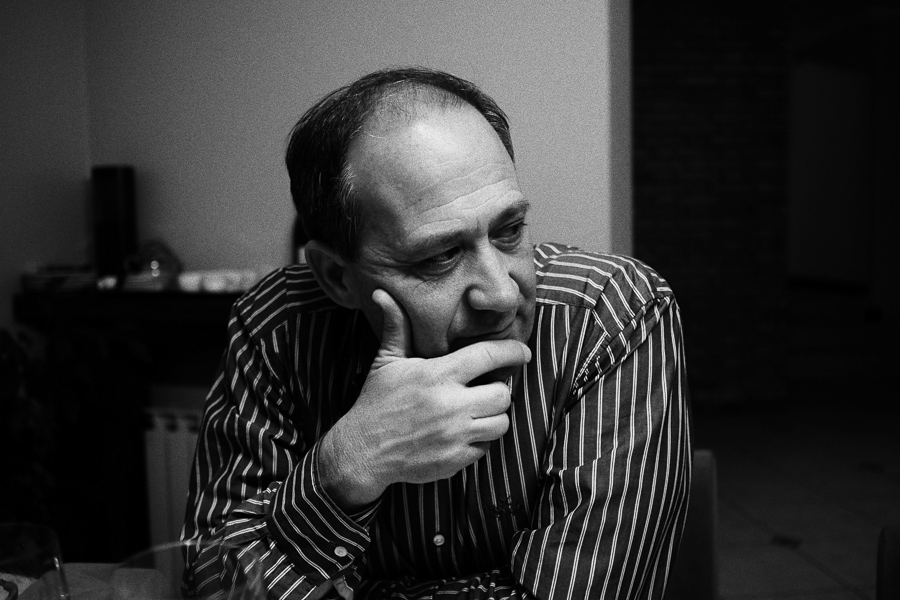
The high altitude Monasterio vineyard of PerSe has a similar climate to Alsace or Champagne, but other vineyards just 11 km away have a climate similar to Bordeaux. Soil composition is also important here. ‘The amount of calcium carbonate in our soils is an important factor,’ says Edy. Their vineyards are found where the calcium carbonare concentrations are the highest. Typical Gualtallary soils are stony, with sand and loam, with varying levels of calcareous deposits. It’s normal for soils here to be 80% rocks, and then the rest sand, clay and silt.
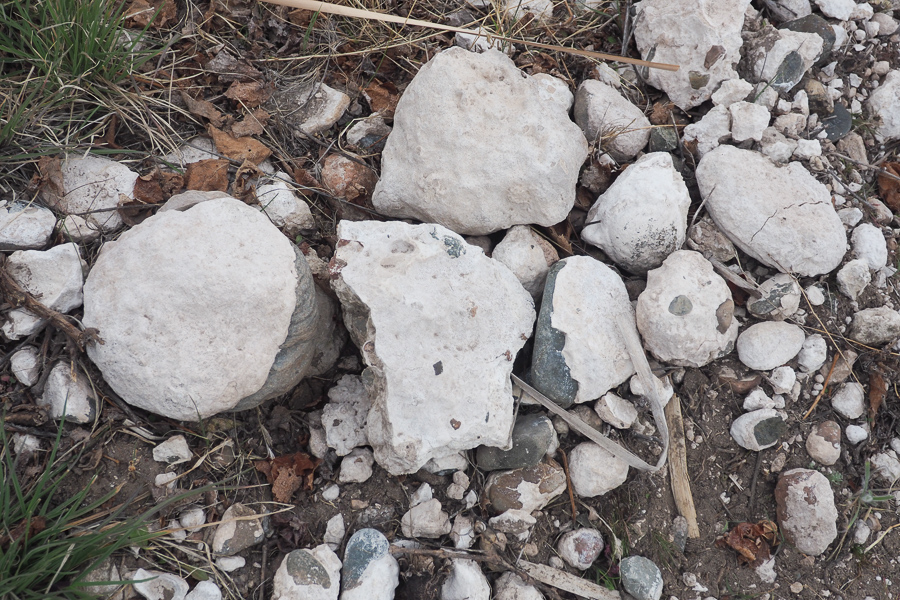
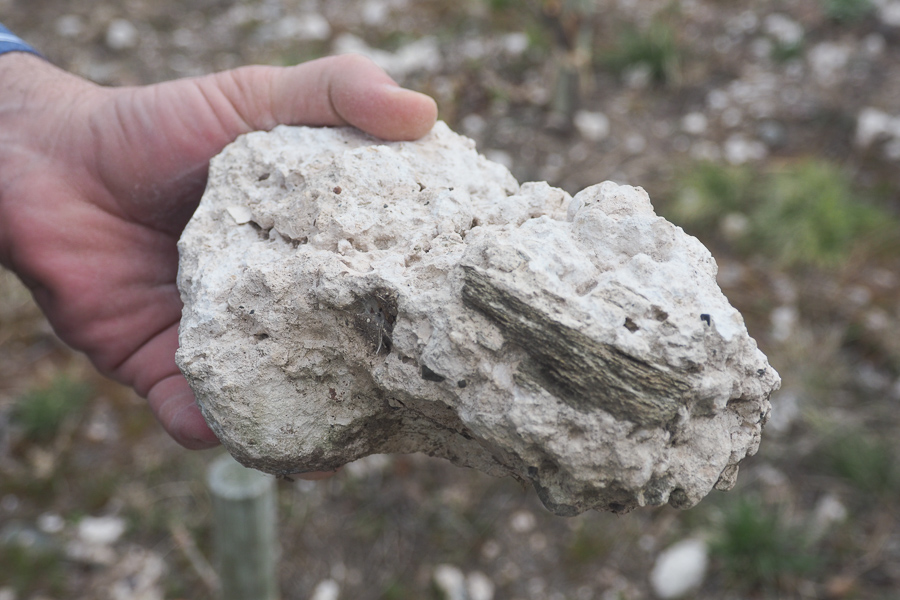
The PerSe Monasterio vineyards are planted at almost 1500 m elevation. There are two vineyards planted: at the bottom, the vineyard is classic Gualtallary. This is used to make Inseperable, and it consists of calcareous sands and gravels. The PerSe wines come from different parcels on the top of the hills, with completely different soils, and extremely high levels of calcium carbonate. ‘In Gualtallary, the average level of calcium carbonate in the soils is 10-12% (10-12 g/100 g soil,’ says Edy. ‘Monasterio has 48% which is an almost pure calcareous soil. This is the main difference. Inseparable is from calcareous gravels and sand, but PerSe is mostly chalk.’
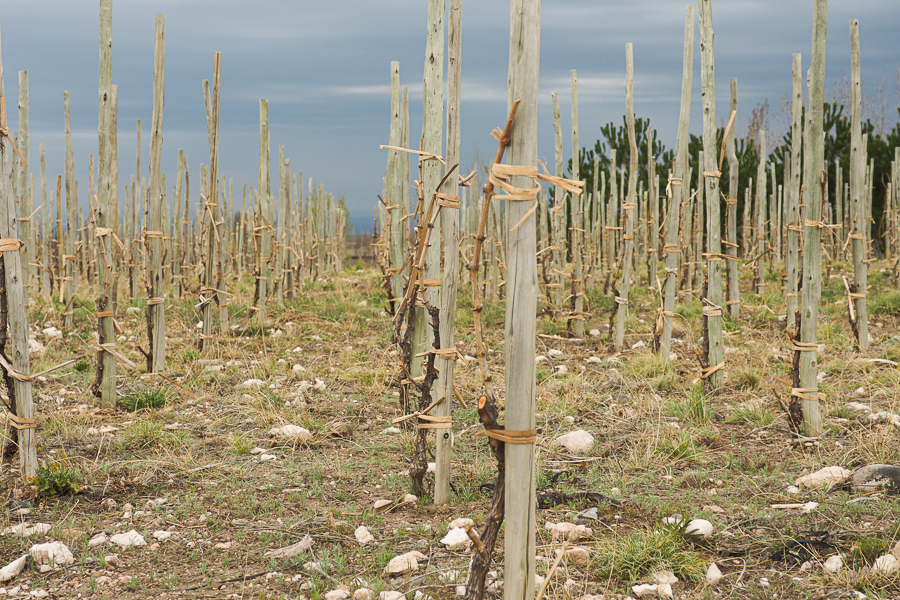
Inseperable is planted with a high VSP, but in the hills they have bush vines, planted at high density. ‘The idea was taken from the reality of this particular landscape,’ says Edy. ‘We wanted to control the vigour and have a nice balance between the canopy and the yield. The way to control this yield is to produce smaller plants giving smaller bunches. The natural yield of Inseperable is 6/7 tons/ha whereas the natural yield for PerSe is about 2.5 tons/ha.’ They don’t like to expose the vines to too much manipulation.
‘There is a big change in Argentina. 10-15 years ago, we used to talk about Malbec, Cabernet Sauvignon, Syrah and Merlot. Now we are mostly talking about the site, the place,’ says Edy. ‘Gualtallary is the place where Argentine viticulture has been rediscovered for us. The knowledge of viticulturists about the soils and climate in the region has made a big change in the perception of the wines. We have learned a lot from Gualtallary.’
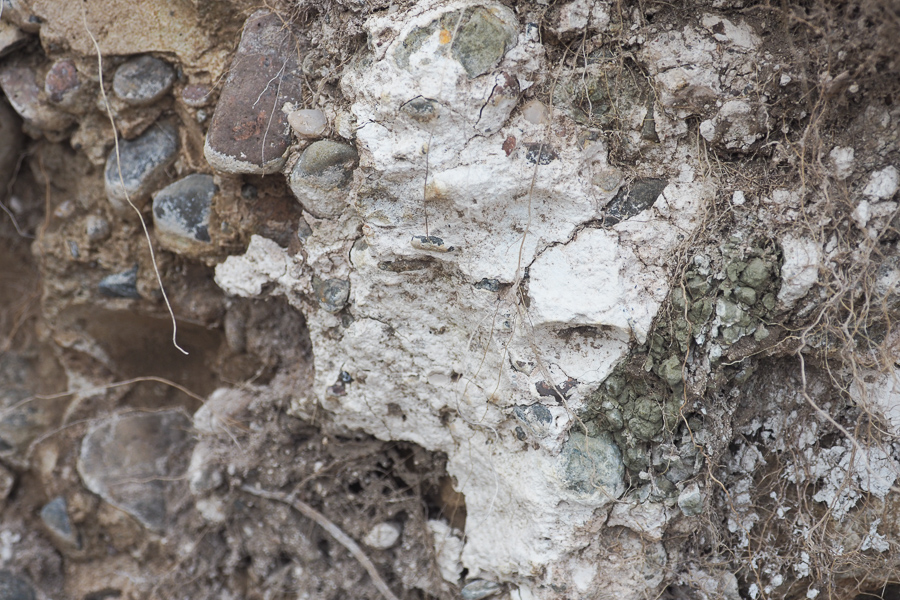

There are lots of rocks in the hillside vineyards of Monasterio. There are also conglomerates made out of calcareous sand and silt called ‘caliches’. When they are wet you can break them with your hands. So the roots can go through these caliches and can take up water, and also breathe because of the oxygen in the soil. ‘It is an outstanding type of soil,’ says Edy. It is unique in Gualtallary. This is a small plot: 2.2 ha, divided into three parcels, with the smallest one just 312 vines, so just one barrel. PerSe, Jubileus and La Craie are made in quantities of around 1000-1500 bottles.
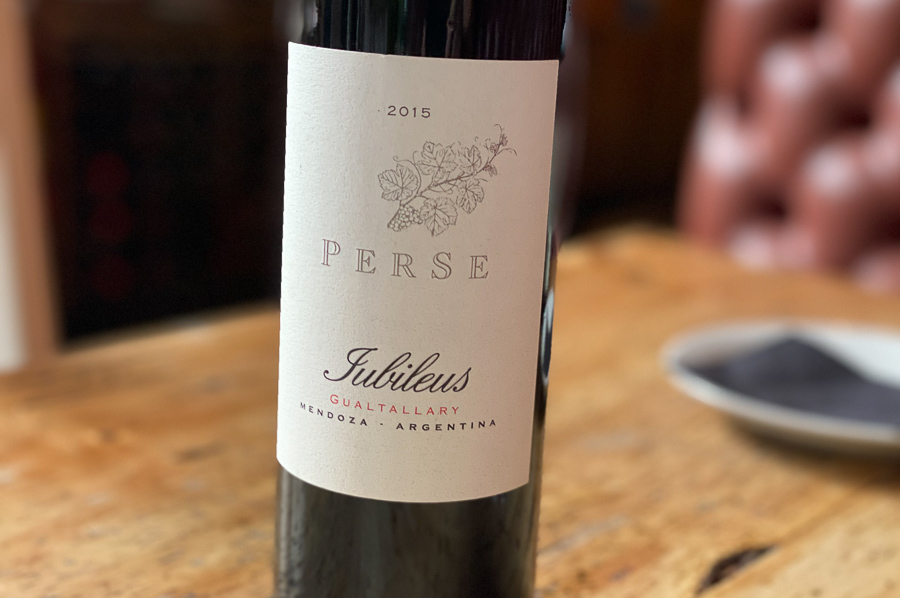
THE WINES
Inseparable 2018 Gualtallary, Mendoza, Argentina
This is the first vintage of this wine. Sandy gravelly soils, with stones painted by calcium carbonate, with a top soil of wind-blown loess. Traditional winemaking: grapes destemmed and fermented in concrete tanks. The fermentation starts at low temperature because the grapes come in cold, picked in the morning. Wild ferment, punched down by hand once a day for no more than 15 minutes. 20 days in vat, then pressed to second-use barrels. No sulfites until bottling. This is fresh, pure and quite supple with juicy cherry and plum fruit. Very red fruit in character. It’s very bright and juicy but there’s some elegance. Bright, fresh fruit with a bit of crunch on the finish. Very pure and supple. 92/100
Volare del Camino 2016 Gualtallary, Mendoza, Argentina
The first vintage of this 100% Malbec was the 2014. 2016 was a cool, humid vintage, not highly regarded at the time, but Edy says it is one the three top vintages he’s seen. This has a brooding nose of sweet blackberry and black cherry fruit with hints of smoke and spice, with lovely floral notes and some focused spicy character. The palate has amazing concentration and freshness with compact structure and a chalky, mineral edge to the compact fruit. This is pretty and you can drink it now, with its vibrant, expressive fruit, but there’s also the structure and bright acidity that suggest it’s a 20-year wine. Lovely intensity here: quite thrilling. Such a supple wine, too. 95/100
PerSe La Craie 2017 Gualtallary, Mendoza, Argentina
This is a blend of Cabernet Franc and Malbec (which is the slightly majority partner). Co-fermented, harvested together (Edy says the identity of the place is best represented doing this). Simple vinification: fermented in oak with pigeage only. It’s an open fermentation with the top taken off the barrel. The grapes are destemmed, punched down once a day. Maxiumum temperature is low at 20 C. It’s more of an infusion than an extraction: just the colour and aroma from the skin. Long maceration of 30-35 days. Brooding gravelly nose with a hint of green, some floral black cherry notes, and supple blackcurrant too. There’s a lovely tension here, with nice freshness. This is so fresh and supple, with some elegance here, walking a perfect tightrope between the ripe fruit characters and the fresher green notes. Good concentration and elegance here, and it’s quite youthful with good acidity and structure, suggesting a long life ahead of this. I think this could be very special with some bottle age. 95/100
PerSe Jubileus 2015 Gualtallary, Mendoza, Argentina
100% Malbec from a cold and wet vintage. Fresh, brooding and quite floral with lovely black cherry and red cherry fruit. This is a really fresh Malbec with taut structure and good acidity, showing precision and a lovely grainy chalky edge as well as notes of green apple and even some citrus peel. It’s ripe but really focused and fresh, and quite taut. I think this has an amazing future ahead of it. Really linear and pure, with amazing precision. Give this structured, high-acid wine time to show what it is capable of. Fantastic stuff. 96/100
Find these wines with wine-searcher.com
UK agent: Indigo Wines

